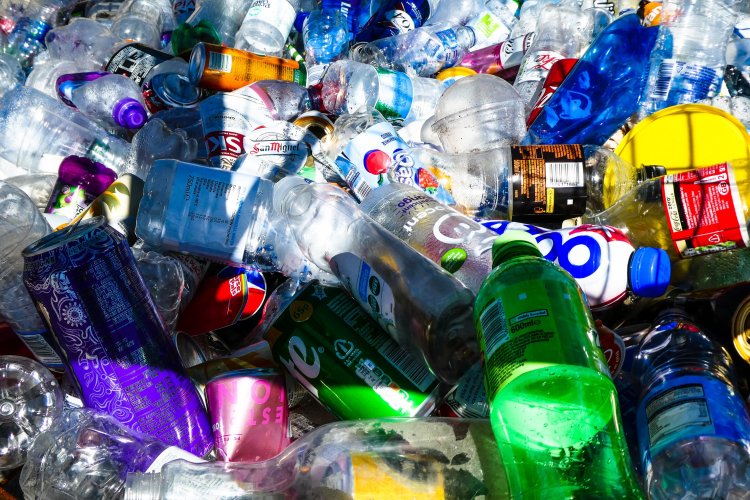The pandemic has caused an increase in plastic and Personal Protective Equipment (PPE) usage.
As the world races to vaccinate as many people as possible, we mustn’t forget our deeper emergency, the environmental crisis.
Here are 6 ways to solve the global plastic waste problem:
1. Using Precious Plastic machines to turn plastic waste into new plastic items
Precious Plastic is an open hardware plastic recycling project and is available in many countries. These machines grind, melt and inject recycled plastic, allowing you to create new products such as floor tiles, bowls, flower vases, plant pots etc.
Precious Plastic machines are affordable and can be purchased online. Aside from reducing plastic waste, it can also be a source of income.
2. Using mealworms to turn Styrofoam into frass
You might not know this, but mealworms can eat Styrofoam and not die. They are the larvae of darkling beetles, commonly sold in pet shops as food for fish, birds and reptiles.
If you’re planning on using mealworms to turn Styrofoam into frass, I wouldn’t encourage you to feed it to your pets (yet). Instead, the frass can be added to the compost.
3. Turning plastic waste into bricks
Plastic waste can be turned into bricks by grinding and mixing it with cement or other binding agents.
The process varies depending on the method used but the result is similar; bricks that are as strong as traditional bricks, only lighter.
Another alternative to this would be Ecobricks. Ecobricks are plastic bottles stuffed with non-biodegradable waste.
They serve as reusable building blocks for schools, houses, furniture, garden structures and many more.
The best thing about Ecobricks is you can start building one from existing plastic waste at home.
4. Using pyrolysis technology to turn plastic waste into fuel
Pyrolysis, also known as “plastics to fuel,” is the process of turning plastic waste into pyrolysis oil which can be refined into diesel fuel, carbon black and hydrocarbon gas.
The process can deliver biofuel to replace fossil fuels. The advantage of pyrolysis is its ability to handle unsorted and dirty plastic. It’s also non-toxic, nor does it emit harmful emissions to the environment.
5. Turning plastic waste into wearable clothes
Did you know that plastic can be turned into wearable clothes?
Yes, in fact, Adidas made trainers out of plastic waste collected from the ocean.
How is this done?
Plastic bottles, nylon nets and other plastic waste are washed and shredded into plastic flakes.
These flakes are then converted into plastic thread and woven into various fabrics. Some of them are made of 100 % recycled PET polyester, while the rest can be blended with canvas or cotton.
6. Go zero waste
If it wasn’t obvious enough, the answer to plastic pollution is to not create waste in the first place.
Due to the pandemic, it’s almost impossible to quit plastic. It has contributed to the increase of single-use plastic more than ever.
With face masks and latex gloves getting washed up on beaches and landfills pilled up with plastic takeaway food containers and online delivery packaging, we might be headed for an environmental catastrophe in a matter of a few years.
We could replace plastic with a natural and biodegradable alternative, but we need to act fast.
Practising a zero-waste lifestyle can also make a huge difference in saving our planet. Bringing your own bag, using a cloth napkin or bring your own food container and cup for takeaways are little steps you can take.
While going zero-waste may be difficult, remember that “We don’t need a handful of people doing zero waste perfectly. We need millions of people doing it imperfectly.”.
Conclusion
These are just a few ideas and there are more solutions out there. Plastic waste is the responsibility of every industry, country and consumer.
Together, we can eliminate plastic pollution!
















